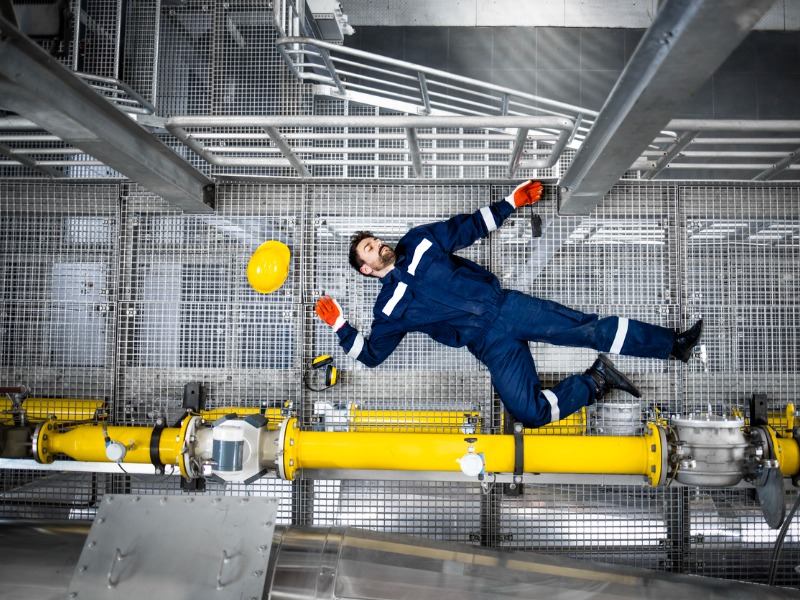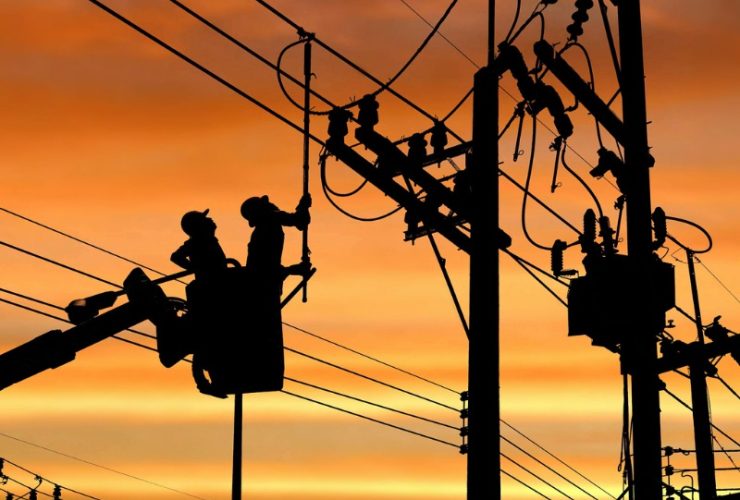The Invisible Killer: Understanding Carbon Monoxide Hazards and OSHA Guidelines
Introduction:
Carbon monoxide (CO) is a colorless, odorless, and tasteless gas highly toxic to humans and animals. Often referred to as the “invisible killer,” CO can cause serious health issues and even death if exposed to it in high concentrations. The U.S. Occupational Safety and Health Administration (OSHA) has published guidelines to help protect workers from the hazards of CO poisoning. In this blog, we will explore the key points of these guidelines and discuss how to implement them in the workplace.
Sources of Carbon Monoxide:
CO is produced through the incomplete combustion of carbon-containing fuels, such as gasoline, natural gas, coal, propane, and wood. In the workplace, common sources of CO include internal combustion engines, gas-powered tools, furnaces, and generators. It is crucial to identify and control these potential sources of CO to prevent exposure to dangerous levels of the gas.
Health Effects of CO Exposure:
When inhaled, CO interferes with the oxygen-carrying capacity of the blood, leading to tissue hypoxia. This can result in various symptoms, such as headache, dizziness, weakness, nausea, confusion, and eventually, loss of consciousness and death. The severity of symptoms depends on the concentration of CO in the air and the duration of exposure.
OSHA’s Permissible Exposure Limit (PEL):
OSHA has established a Permissible Exposure Limit (PEL) for CO, which is the maximum concentration of the gas that a worker can be exposed to without adverse health effects. The PEL for CO is 50 parts per million (ppm) over an 8-hour time-weighted average (TWA). Employers must ensure that workers’ exposure to CO does not exceed this limit.
Identifying and Controlling CO Exposure:
To protect workers from CO hazards, it is crucial to identify and control potential sources of CO in the workplace. Here are some steps that employers can take:
- Conduct a thorough workplace assessment to identify potential CO sources and determine the exposure risk.
- Install CO detectors in areas where there is a risk of CO buildup, and ensure that they are properly maintained and calibrated.
- Implement engineering controls, such as proper ventilation, to reduce CO concentrations in the workplace.
- Use fuel-burning equipment designed to emit low levels of CO, and ensure that equipment is well-maintained and functioning properly.
- Develop and implement a CO emergency response plan, including procedures for evacuation, medical assistance, and reporting incidents.
Worker Training and Awareness:
Employers must provide workers with training on the hazards of CO, symptoms of exposure, and measures to protect themselves. This includes information on the following:
- The sources of CO in the workplace and the health effects of exposure.
- The importance of proper ventilation and the use of CO detectors.
- The correct use and maintenance of fuel-burning equipment.
- The OSHA PEL for CO and how to monitor exposure levels.
- The emergency response procedures in case of a CO incident.
Conclusion:
Carbon monoxide is a dangerous and invisible hazard that can have severe health consequences for workers exposed to it. By following OSHA guidelines and implementing a comprehensive CO safety program, employers can protect their workers from the dangers of CO poisoning and ensure a safe work environment. This includes conducting workplace assessments, controlling CO sources, monitoring exposure levels, and providing appropriate training and awareness to workers. Together, we can help prevent the tragic consequences of CO poisoning in the workplace.






